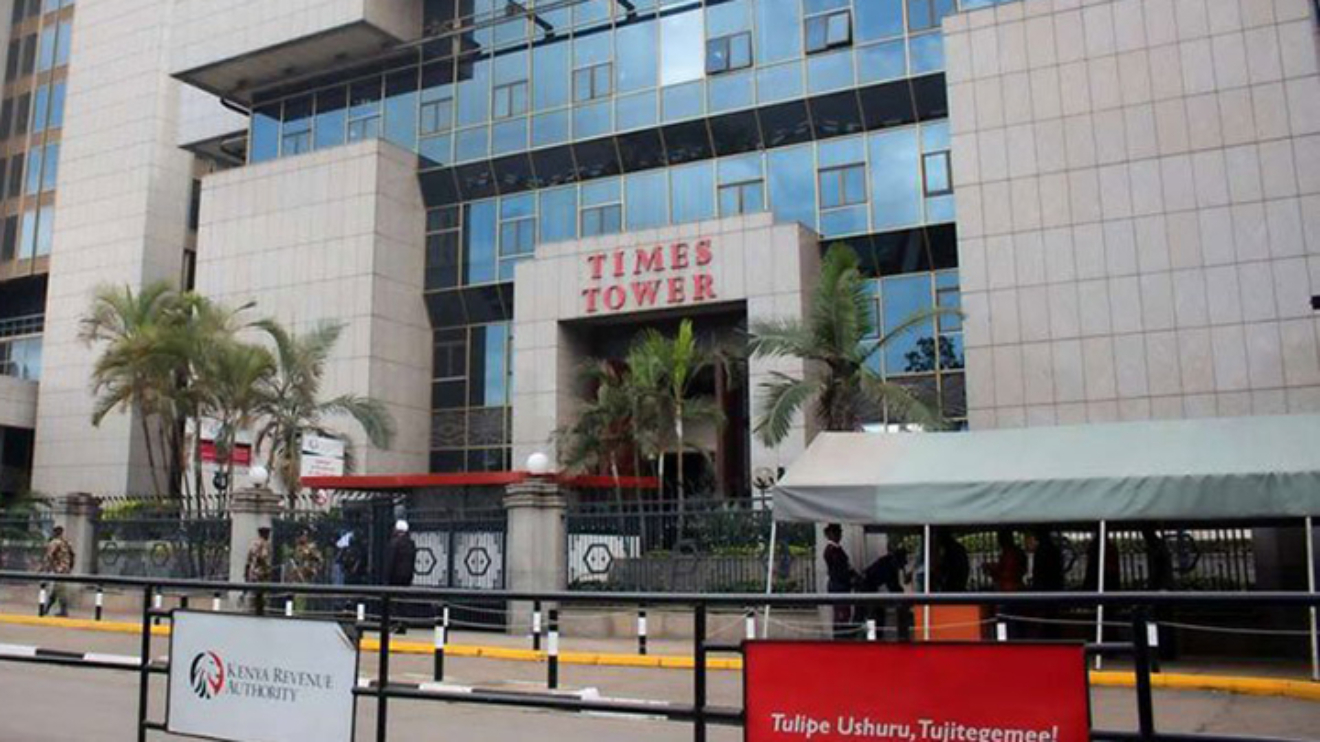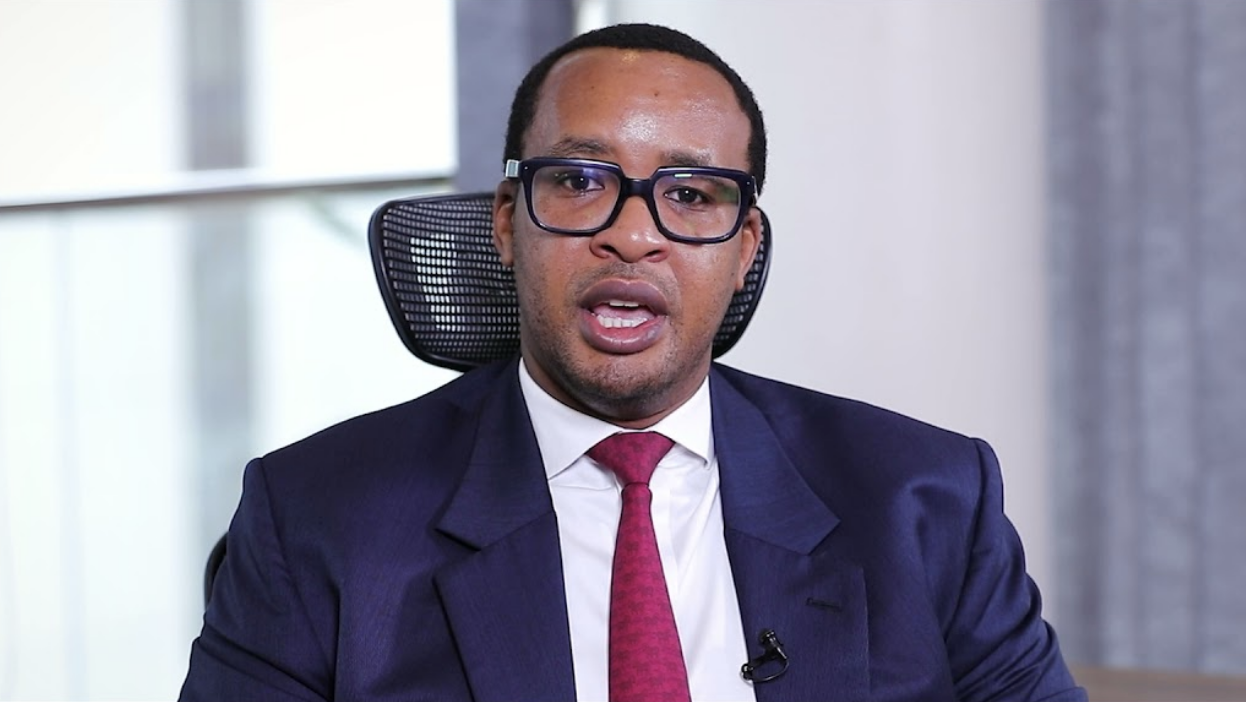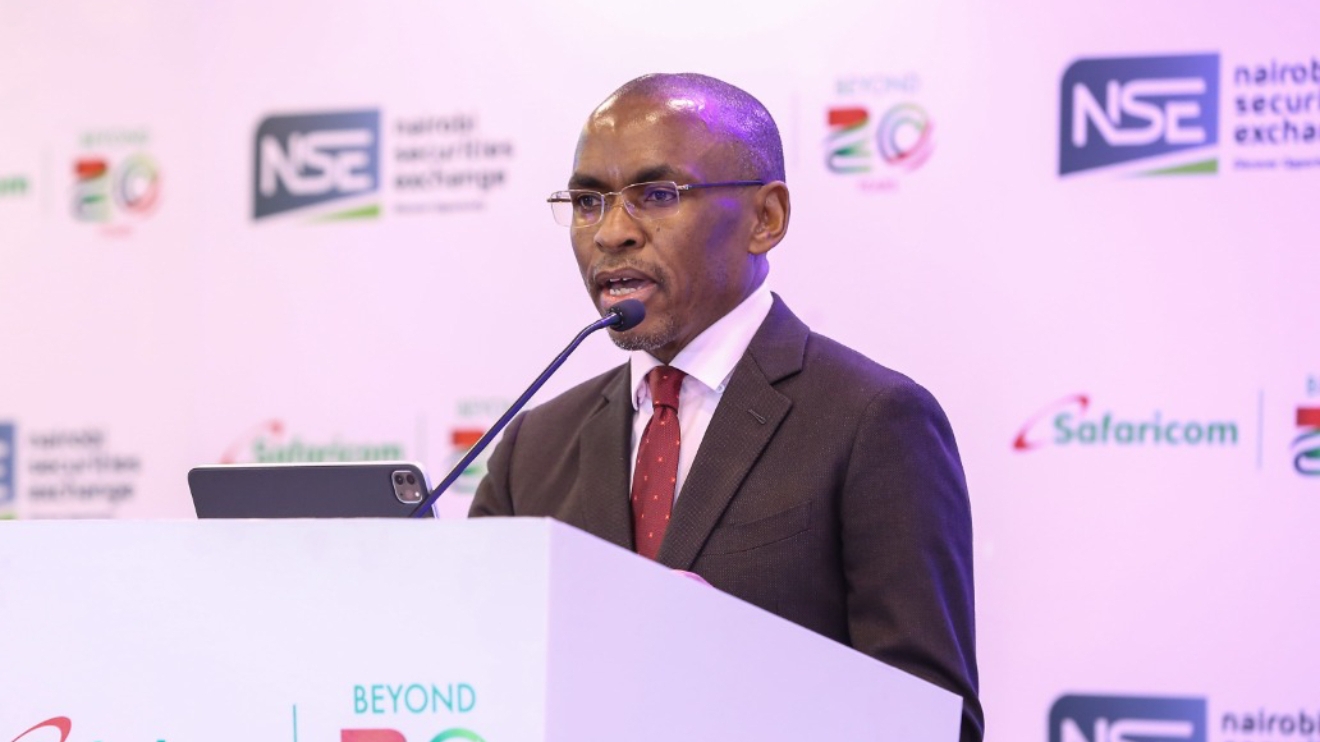The Kenya Revenue Authority (KRA) faces a significant challenge in reaching its Sh2.5 trillion tax collection target for the 2023/24 financial year.
As of February, only Sh1.37 trillion has been collected, representing just 55 per cent of the revised annual target.
This shortfall leaves the KRA with the daunting task of raising an average of Sh280 billion monthly over the next four months.
The sluggish tax collections highlight the persistent gap between ambitious targets and actual performance.
Compared to the original Sh2.787 trillion target set in the budget, collections stand at a meagre 49 per cent.
Read More
This underperformance has forced the Treasury to rely heavily on borrowing, exceeding Sh1 trillion in domestic and external sources by February.
While there has been some improvement compared to the same period last year, it's not enough.
KRA Commissioner Mohammed Omar pointed to a 12.5 per cent growth in collections between July and November 2023, crediting it largely to the increased VAT on fuel products. Petroleum taxes alone reportedly surged by 42.5 per cent during this period.
"Revenue collection has progressively increased in the last five months after KRA collected Sh963.746 billion compared to Sh856.646 billion collected in the same period last financial year, representing a growth of 12.5 per cent," Omar stated.
Despite these measures, the taxman still falls short. To meet the target, the KRA would need to significantly ramp up collections in the remaining months.
This could put additional strain on businesses and taxpayers already burdened by recent tax increases.
The Treasury has acknowledged the shortfall and turned to borrowing to bridge the gap.
By the end of February, it had borrowed Sh545.6 billion domestically and Sh474 billion from external markets, exceeding half of the annual targets for both sources.
The revised budget anticipates a total of Sh1.7 trillion in borrowing for the year.
As the financial year nears its end, the pressure is on the KRA to meet its revised target.
Whether they can achieve this ambitious goal through increased collections or further reliance on borrowing remains to be seen.
This situation has significant implications for government spending and the overall health of the Kenyan economy.


-1757243598.jpg)






-1757244564.jpg)
